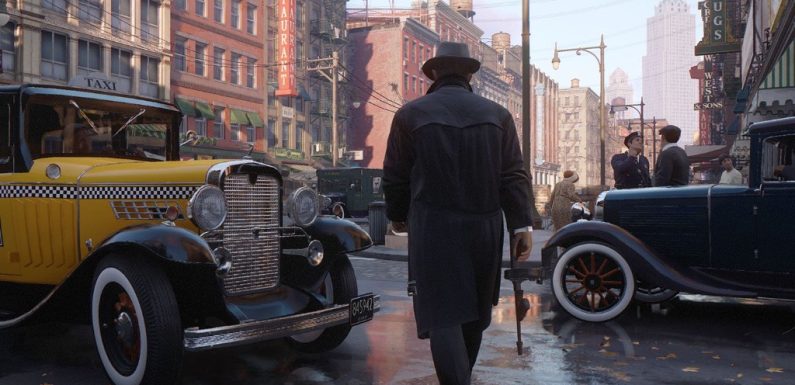2. Model and results
We formulate a population genetics model composed of three loci with a number that is arbitrary of at each locus. The very first locus A influences intercourse dedication and might carry alleles A1, A2, …, AI. The likelihood that the indiv plus in sperm and eggs; with and (where ).
Denote the regularity of haplotype AiBjCk in semen and eggs by xijk and yijk, correspondingly. We assume that zygotes derive from the random union of gametes. A zygote with genotype AiBjCk/AlBmCn develops right into a male with likelihood sil and into women with likelihood 1 ? sil. This indiv and, respectively, where and. As the constant of proportionality is the identical for every single associated with quantities that are previous we are able to assert that total manufacturing of gametes into the population is proportional towards the population suggest fitness where. Recombination takes spot during meiosis for a price r1 between locus A and B and r2 between locus B and C with 0 ? r1, r2 ? 1/2. After recombination occurs, allele Bj is sent with likelihood plus in men and women, and Bm is sent with likelihood plus in women and men. This brings us returning to the start of our census, so the frequency of haplotype AiBjCk in semen and eggs into the generation that is next:
(a) Initial conditions
The A locus is fixed for A1, which has no impact on the likelihood of developing into one sex or perhaps the other. In specific, we assume offspring usage ecological cues to build up as man or woman (ecological intercourse determination) with equal likelihood (equal intercourse ratio), i.e. S11 = 1/2. The B locus is fixed for B1, which doesn’t distort segregation. The C is fixed for C1, which will not alter segregation during the B locus.
(b) a preliminary drive polymorphism that is sex-specific
Start thinking about a mutation in the B locus. Mutant allele B2 can distort segregation differently in women and men and comes followed closely by viability results both in sexes. These presumptions are informed because of the understood ramifications of normal motorists: all known motorists have actually differential drive in men and females 16 and are also usually present in inversions that trap deleterious alleles with comparable impacts on male and female companies 13,15; as an all-russian-brides.net example, the t-haplotype 28.
We derive the problems that keep a polymorphism at B (begin to see the supplementary that is electronic), particularly
Observe that many different combinations of drive and viability regimes can keep polymorphism in the B locus. In specific, three kinds of drive: (i) sex-limited drive whenever B2 is over-transmitted in one single sex but fairly segregated into the other, this is certainly but (male restricted) or but (female restricted); (ii) sex-synergistic drive whenever B2 is over-transmitted or under-transmitted both in sexes, that is or; and (iii) sex-antagonistic drive whenever B2 is over-transmitted in one single intercourse but under-transmitted within the other, that is but or but (begin to see the electronic supplementary product, figure S1). Also, three viability regimes: (i) heterozygote benefit if the viability of this heterozygote is higher than the viability of both homozygotes, this is certainly v12 v11, v22; (ii) the viability associated with the heterozygote is equivalent to the viability of just one homozygote and higher than one other, this is certainly either v12 = v11 v22 or v12 = v22 v11; and (iii) homozygote benefit if the viability of just one homozygote is higher than the viability of this heterozygote while the other homozygote, that is either v11 v12, v22 or v22 v12, v11 (begin to see the electronic supplementary product, figure S1).
For ease, we henceforth concentrate on the instance whenever allele B2 drives in males just, this is certainly, but, and it is deleterious recessive in accordance with B1, that is, v22
Numerical analysis indicates that A2 invades if you find drive in men, and recombination between your sex-determining locus the and the drive locus B is lower than free (r1; figure 2).
Figure 1. Invasion of the gene that is male-determining. Plots are arranged on a gr,. The location in white represents the presence of a polymorphism during the drive locus B. For every mixture of parameter values, red dots suggest that the allele that is male-determining in regularity whenever uncommon and becomes created in the populace during the regularity suggested within the legend.
Figure 2. Procedures resulting in the forming of intercourse chromosomes (either XY or ZW). Within each plot the regularity of males within the populace is depicted regarding the horizontal axis. The axis that is vertical the regularity of haplotypes in semen, x, to the left, therefore the regularity of haplotypes in eggs, y, to your right. Each plot contains two stacked bars depicting the structure regarding the pool of semen (remaining club) as well as the pool of eggs (right club). The that is w, and viability regime v11 = v12 = 1.0, v22 = 0.5). In step one, an uncommon male-determining allele, A2, is introduced at a locus that is entirely linked (r1 = 0) to the drive locus. In step two, an unusual allele that is female-determining A3, that will be recessive in to the male-determining allele A2, is introduced. The male- and alleles that are female-determining A1 to extinction. In step three, a unusual suppressor of male drive, C2, is introduced at a locus that easily recombines with all the drive locus. The modifier allele, C2, forces the non-modifying allele, C1, to extinction. An XY sex-determination system evolves with haplotype A2B2C2 acting as a Y-chromosome and haplotype A3B1C2 acting as an X-chromosome. The plots depict how analogous steps lead to the evolution of a ZW sex-determination system when the initial polymorphism involves a female-limited driver in the bottom row.











